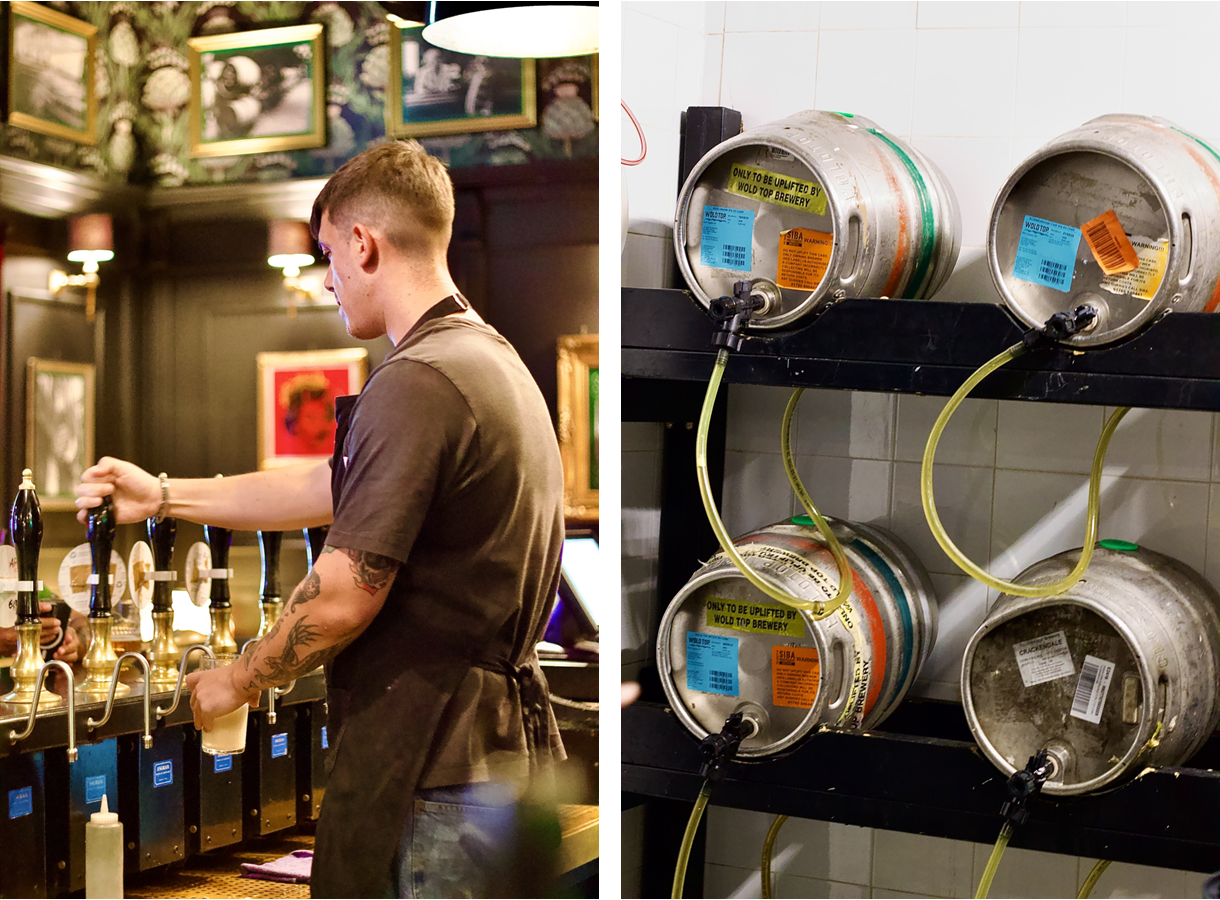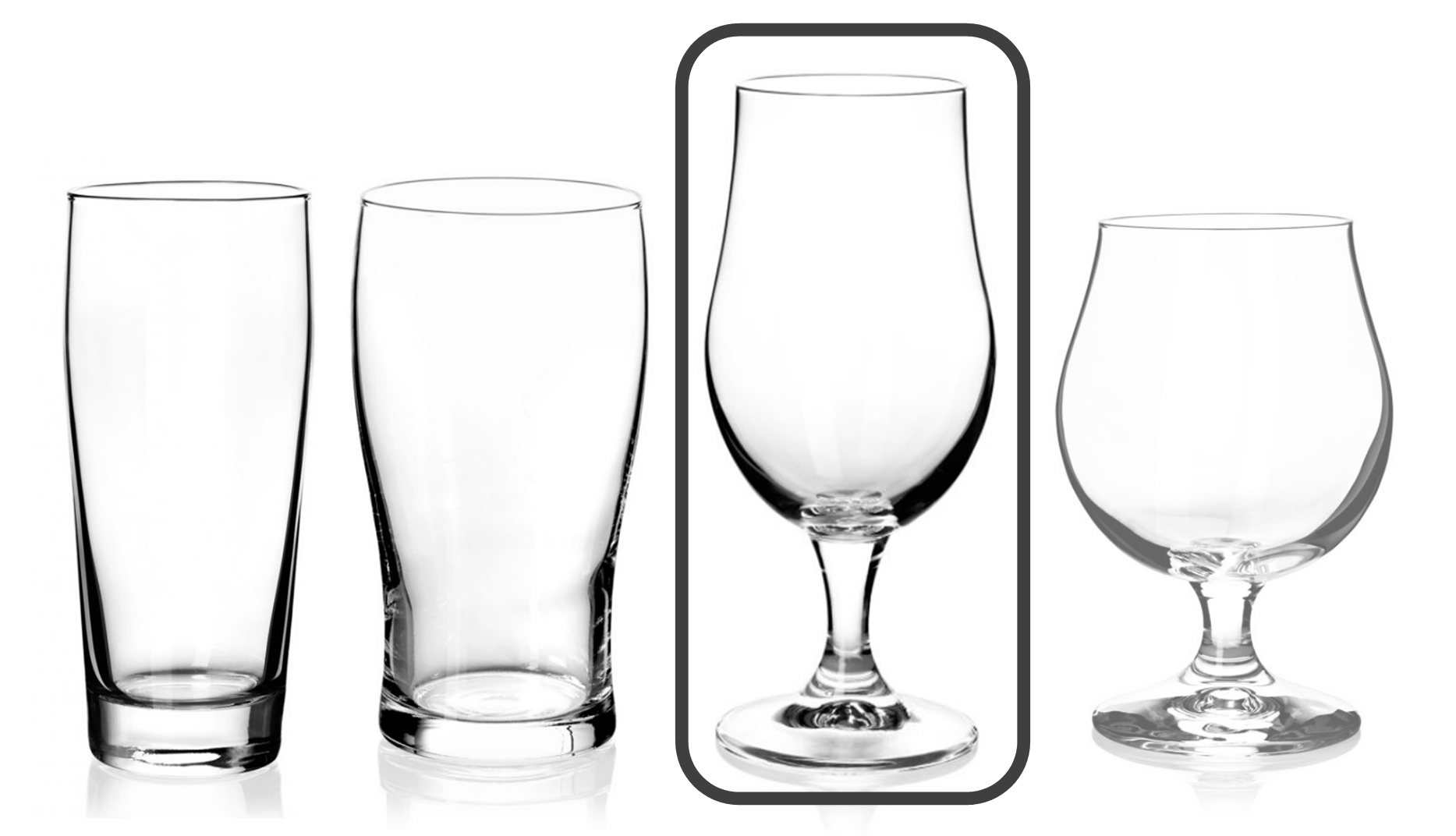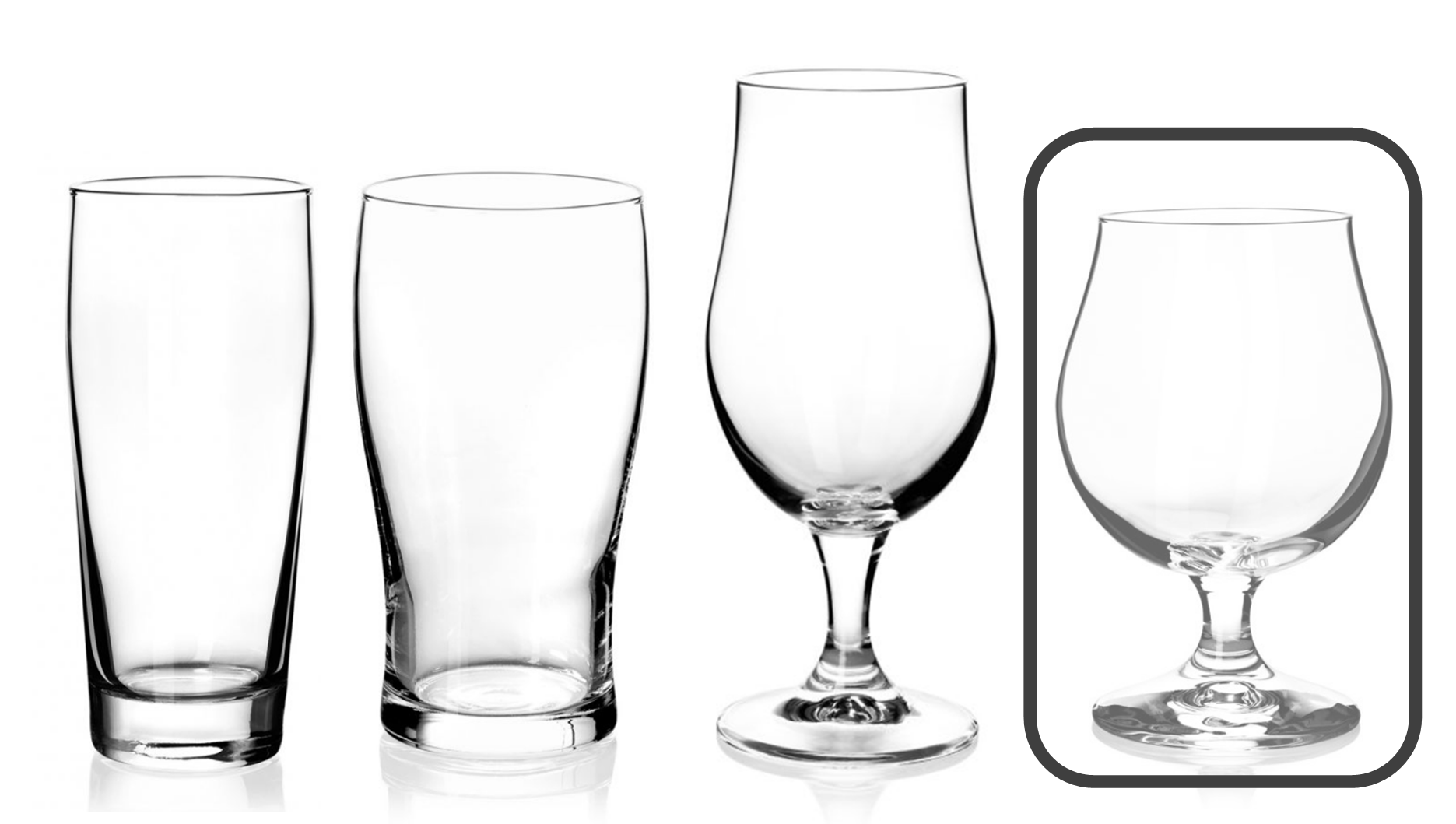Ponte Garibaldi, Rome, Italy.
I was caught off guard when I spotted a handpump in a photo of the Roman pizzeria L’Elementare. Known for Romana-style pizza, L’Elementare has a young, hip vibe. It’s a spot where I wouldn’t be surprised if they had IPA, Italian Pils, etc. from bottles, cans and, kegs. But how the hell did a handpump end up here?
Before this, I only knew one place in Rome that served cask beer from a handpump, or “pompa”. That is the venerable pub Ma Che Siete Venuti a Fà (or, Macchè for short), and it’s right across the street from L’Elementare. Was this proximity a coincidence, or is cask beer a thing in Rome?
I had been researching Rome in preparation for a trip to Italy with just two nights in the Eternal City at the end. And though I’ve been to Italy a few times before (including two visits to Rome), I’ve never even thought of having cask beer there. (Perhaps it’s embarrassing that as a cask enthusiast, I never noticed this before, but in my defense, most prior trips were with extended family where indulgences in local beer scenes were not really feasible.)
However, spotting the handpump at a pizzeria set me off. I did some more digging and found there’s a small cask beer scene in Rome that goes back about twenty years. Though I was once again traveling to Italy with family, this trip was going to have to be different. I needed to explore the beer scene a bit and find out what’s going on.
The bar with two handpumps at L'Elementare, Trastevere. Sadly, they were closed for renovations while I was there. So, this picture is most certainly now dated. Image source: Google Images.
How We Got Here
Manuele Colonna of Macchè points to Birra del Borgo as one of the leading reasons there’s a tradition of birra alla pompa in Italy. The influential brewery was founded in 2005 by Leonardo di Vincenzo, and one of their flagship beers is ReAle, an IPA inspired by cask beer in the UK.
Before this, Colonna opened Macchè in 2001 and started serving cask beer a few years after that. Colonna and di Vincenzo partnered to open Bir & Fud in 2007 across the street from Macchè (where L’Elementare is now located), which also served handpumped cask beer. Though closed for several years now, it was cherished by many and is still frequently mentioned when discussing the Roman beer scene.
The two partnered again in 2009, along with Teo Musso of Baladin, to launch Open Baladin in Rome, though Colonna exited the partnership shortly before opening. Open Baladin has three handpumps.
While Colonna points to di Vincenzo as being instrumental in the initial proliferation of cask beer, he himself has undoubtedly played an influential role with Macchè, Bir & Fud and Be.Re., another Roman establishment he helped open in 2016.
That same year, Treefolk's Whisky & Beer began holding a periodic cask festival called “Londinium”. The event provides a friendly competition between Italian and English brewers.
The original Treefolk’s opened in 2003 and served cask beer over the course of its existence. That location closed 2017, but a new Treefolk’s Public House opened in 2020 and went all in on the British pub format, including 12 handpumps. It has since been the destination for cask beer in Rome.
Flyer for the first Londinium Cask Festival at Treefolk’s in 2016. Image source: Croce di Malto.
Today, from my count, there are at least fifteen locations in Rome serving beer via handpump. And while a number of British breweries send their casks here, there are a several Italian breweries like Hilltop Brewery, Shire Brewing, and Linfa Brewery that are regularly cranking out casks for the pubs.
Beyond Rome, you can find handpumps in most Italian cities at establishments with an interest in selling anything beyond the standard Peroni or Moretti. Even in Sicily. However, I suspect most of these are serving kegged beer hooked up to a handpump (i.e., they’re not serving cask conditioned beer). To my knowledge, I didn’t have any of that on this trip.
In England, pouring kegged beer through a handpump is controversial, and I get why. Cask beer is finicky and requires particular care. However, the art of properly served cask-conditioned beer is a thing of beauty, and the results can be sublime.
A handpump used to indicate that you might be getting something special. While a kegged beer from a handpump might be good, it’s not the same thing, and there’s a need to provide clarity so customers know what they’re buying.
I understand the desire to preserve the practice of serving cask-conditioned beer from a handpump in England. I’m not sure how I feel about serving finished beer from a handpump outside of there. It might not be a bad thing as long as there are no misrepresentations.
Andiamo
I had a warmup in Florence before making my way to Rome that still has me a bit conflicted. Popping into The Joshua Tree Pub, I found Fuller’s London Pride and Smithwick’s on the handpumps. Sparklered. Though I’m generally ambivalent in the sparkler debate, I’m also a traditionalist. Despite knowing other traditionalists would find London Pride through a sparkler to be sacrilege, this pint was divine. Absolutely delicious.
I asked the bartender about the untraditional serving method, and he explained they prefer it with a sparkler and that some English folks come in and have no problem with it (they must be from the north). I still don’t know how I feel about it, but when I told my (southern) British brother-in-law about it shortly afterwards (we were in Italy for his marriage to my sister-in-law), he was not very chuffed.
Regardless, The Joshua Tree was a cool place, and I wish I could’ve stayed longer to explore the menu. The fresh Tipopils was calling me, but I had a train to catch.
Fuller’s London Pride served from a sparklered handpump at The Joshua Tree Pub in Florence, Italy.
Allora, Roma
We hit Rome on the tail end of our trip. Before this, we spent over a week in Tuscany, and though I absolutely love Tuscan wine, I arrived in Rome drained from traveling and ready for some good beer.
On our first afternoon, I squeezed in a one-and-done at Open Baladin with my wife and kids. I grabbed a very good pint of Bitter from one of the three handpumps with some decent lacing in a pretty, etched tumbler.
I asked the bartender if they serve cask-conditioned or kegged beer from their handpumps. He curtly replied, “I don’t know,” and walked away. It seemed rude, but I thought maybe he was going to find out and come back to give me the answer. He didn’t. Va bene, amico mio. Grazie.
His response was consistent with a general attitude my family noticed on the trip. Italians just seemed to not be feeling Americans as much as they did on my prior trips. The only thing I can think that’s changed is Trump being back in office. But if that’s the case, I’m scratching my head, because it’s not like Meloni is all that.
Open Baladin, Rome, Italy.
This made me think my brief stay in Rome was not going to be great for chatting with locals about cask beer. Then I had a completely different experience when I parted ways with the family for a bit and headed to Treefolk’s.
I was warmly welcomed by the bartender and asked him about kegged versus cask-conditioned beer, and he assured me that all their handpumps were pouring the latter. Then he brought me back to the cooler to show me.
Since it was August, only eight of the twelve handpumps were flowing. Just eight. SMH.
I went local and kicked off with Take Five, a Session IPA from the Italian brewery White Dog. It’s not a style I typically gravitate toward, but this was an excellent beer. I could’ve had it all day. It was an ideal, sessionable ale for a late summer afternoon.
Five of the eight running handpumps were occupied by British brewer Wold Top, which was new to me. Though I was intrigued, I couldn’t resist a pint of Thornbridge’s Jaipur for my second and final pint there. It has been a very long time since I’ve had it, and it tasted incredibly fresh. It had its pleasant bitterness along with its beautiful color and great foam/head retention.
Treefolk’s was great. The bartender politely answered all my questions, served me two delicious pints, and I left feeling much better than I did when I left Open Baladin.
Treefolk’s Public House, Rome, Italy.
The next day, after an aggressive morning of sightseeing with the family, we went to Be.Re. + Trapizzino for a bite and a drink. The spot combines a pub with a location for Trapizzino, which makes pizza pockets, essentially. They’re a relatively new Roman street food that takes triangular pieces of pizza dough, opens them up, and stuffs them with a variety of fillings.
I got a kick out of the menu, which initially confused me when my eyes were drawn to the “cask beer” section that consisted of three lagers. Then I realized that section refers to finished beers served directly from a barrel (vom fass, if you like) and not “cask conditioned”. As an American, I’ve been conditioned in our own beer nomenclature. Right next to the cask section were the “handpump” beers.
They had an Extra Pale Ale (EPA) called Tommy Gun from Shire Brewing and a Chocolate Porter from Birra Perugia available when I was there. I opted for the EPA, which was excellent. It was light-bodied, but flavorful. The beer was refreshing, and like the White Dog I had at Treefolk’s, it went down well on a warm summer day.
Like Treefolk’s, the service at Be.Re. was very polite and accommodating of me asking questions and taking pictures. Fantastic beer and stellar pizza pockets are a winning combo. Who knew? But seriously, it’s not shocking to find out that Italian pub grub can be top notch.
Be.Re + Trapizzino in Rome, Italy.
Macchè was the last beer stop of the trip. It’s no surprise that it’s so popular. It’s got a cool vibe and an excellent selection of beer. I particularly love pubs with scattered nooks for people to gather in small groups, and that’s exactly what they have here, in addition to a few tables out on the quaint but bustling Trastevere neighborhood street. Again, polite, accommodating service.
My wife graciously took the kids, and I was able to casually enjoy the space and my final cask beer in Italy. It was a collab from Linfa Brewery and Birrificio Aimara called “Corgi”. The Extra Pale Ale was delicious. Like the other beers mentioned above, they’d likely be good any time of the year, but were hitting perfectly in summer.
I enjoyed my beer at a small table out on the street and savored every bit as I watched the Roman street life on an incredibly pleasant August afternoon. I easily could’ve had a few more beers just sitting there by myself, but the trip was quickly coming to an end, and I needed to pack and get ready to go home.
Buon Viaggio
There are a bunch of other spots in Rome that have handpumps, and I wish I could’ve made it to them all. It’s always a brief whirlwind when I’m in town, and I packed in what I could in less than 48 hours with my wife, kids, and in-laws.
Though brief, I was there long enough to get a taste of the cask beer scene. But is it a thing? A Roman would probably say not really. But as an outsider, though it is small, I found it impressive. I don’t believe there is a single US city that has more handpumps than what Rome has (I know that’s not saying a lot, but still…) And the quality is fantastic. I didn’t have a single bad pint.
While Rome isn’t behind on beer culture trends, its beer revolution came decades after the US. And in the US, handpumps were all over in the years after our revolution. But as a new generation of drinkers started to influence the scene in the US, cask beer disappeared. Perhaps that will happen in Rome (and the rest of Italy) as well.
However, cask beer in the US was always very spotty. Quality varied greatly, and that no doubt helped turn off people to the format. My limited Italian experience showed real skill in brewing and serving cask beer. In August. Perhaps that may help offer a different trajectory and some longevity.
I hope to make it back someday when I can enjoy the city at a more leisurely pace. The beer scene is excellent, with or without cask beer, but I hope the handpumps are still around when I come back. A dopo.
























